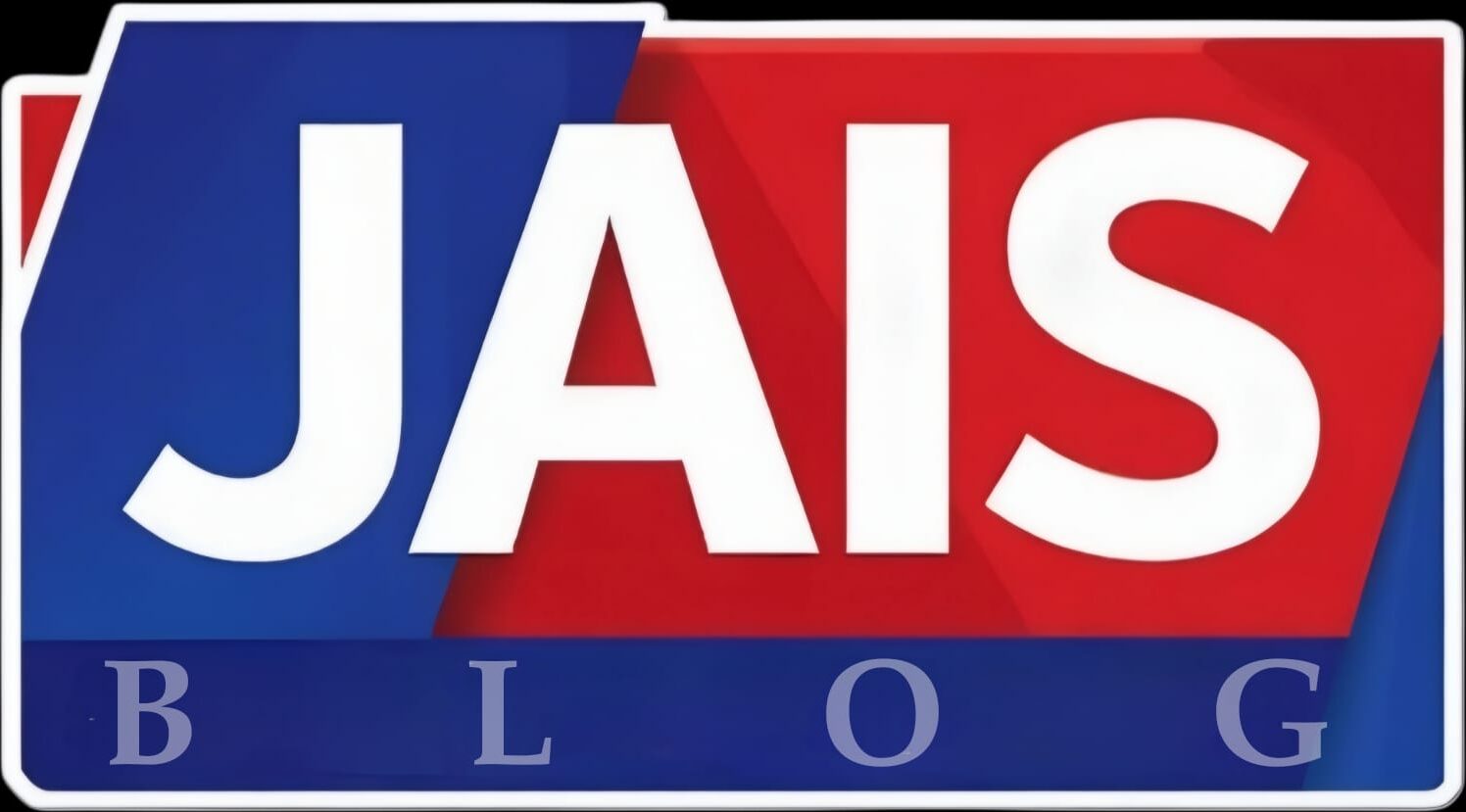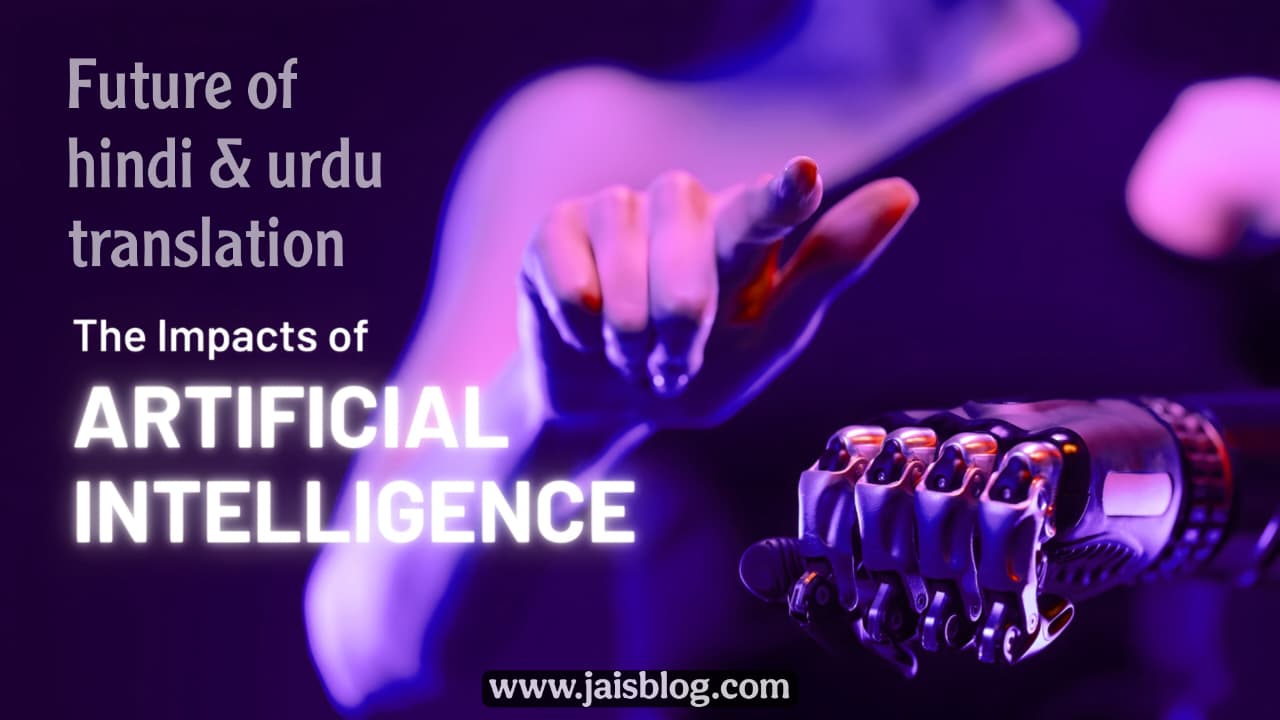Translation technology has advanced at an astounding rate over the last ten years. Language barriers are gradually disappearing thanks to tools like Google Translate and AI-powered real-time interpretation. These developments are increasingly helping two of South Asia’s most spoken languages, Hindi and Urdu. However, how will the role of human Hindi-Urdu speakers change over the next five years as translation tools advance?
Thank you for reading this post, don't forget to subscribe!1. Quicker Interlanguage Communication
Businesses, governments, and individuals are already finding it simpler to communicate in Hindi, Urdu, and English thanks to AI translation tools. Near-instantaneous translation is expected to become commonplace within the next five years. The smooth translation of meetings, customer service exchanges, and instructional materials will lessen the need for hiring a professional translator for everyday tasks.
2. Transition to Cultural Mediation from Basic Translation
AI is good at grammar and vocabulary, but it has trouble with idioms, cultural nuances, and emotional tone. And this is where human speakers will always be needed. Instead of just translating words for words, bilingual professionals will be called upon to act as “cultural mediators,” improving AI outputs, reading between the lines, and making sure that translated content hits home with its audience.
3. New Chances for Training AI and Localization
Native Hindi and Urdu speakers will be in higher demand as AI tools learn from human input. They will be needed to help train algorithms, annotate data, and make culturally relevant datasets. This could lead to jobs in training AI, testing AI, and making sure that language is correct.
4. Expanding Creative and High-Stakes Work
You need to know a lot about culture, tone, and nuances of meaning in order to be good at creative writing, marketing, film, law, and diplomacy. Experts will still be humans in these areas, with AI being used as a tool to help them rather than a replacement. People who can write, translate, and interpret in Hindi and Urdu will be able to focus on important, difficult jobs where every detail counts.
5. Giving more people around the world access to Hindi and Urdu content
Perhaps the most exciting change will be the democratization of South Asian languages globally. AI translation will allow Hindi and Urdu literature, news, and entertainment to reach a worldwide audience. Human speakers can act as curators, editors, and storytellers, helping present their cultures authentically to new audiences.
Advanced AI translation tools are not likely to make Hindi and Urdu speakers useless. Instead, they will likely shift their focus to more valuable, creative, and culturally sensitive work. In the next five years, there may be fewer traditional translation jobs but more chances to work on AI, do cultural consulting, and make content for people all over the world. Instead of being afraid of these tools, bilingual professionals who use them could find whole new career paths.
Subscribe to our newsletter!

